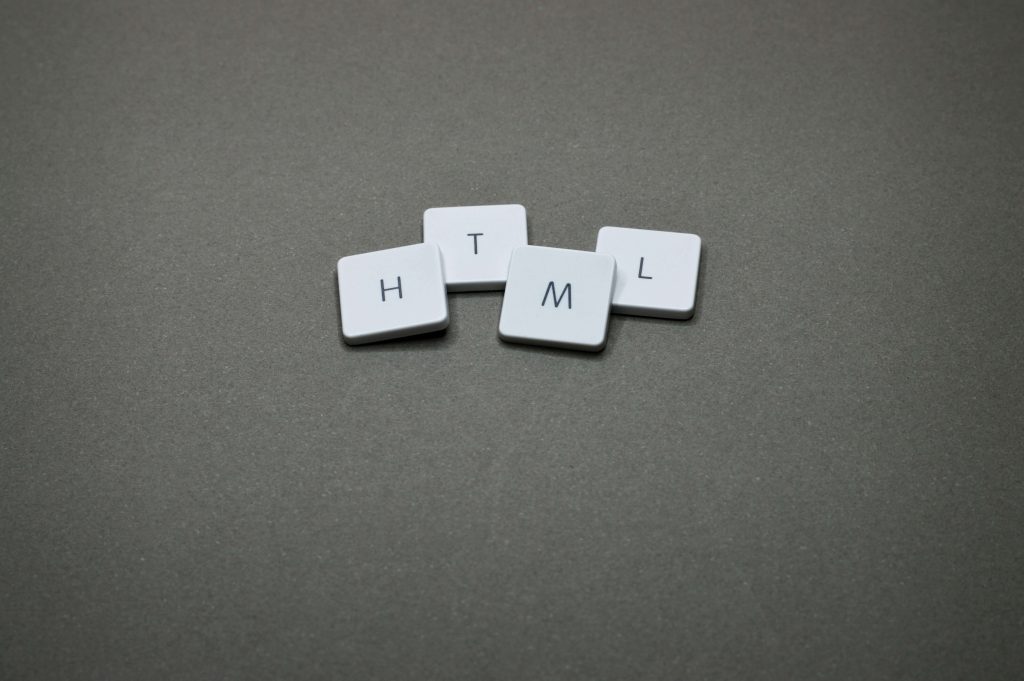
Using a template while building your website saves time and money. There are a lot of options, however, one of the most popular templates is HTML templates. Discover how they can benefit your website and how to choose from a variety of options.
What is a HTML template?
HTML template is a pre-designed template used to build various websites, such as blogs, e-commerce stores, landing page websites, and others. It typically includes a combination of HTML, CSS, and JavaScript, which provides functionality across multiple pages. It is easy to use an HTML template as you can modify it by uploading text, images, and other elements.
HTML templates have several key components:
- HTML Structure. HTML structure defines the elements and layout of the webpage;
- CSS Styling. CSS styling ensures that visual content is consistent;
- JavaScript Functionality. JavaScript functionality adds interactivity and improves the website’s speed;
- Reusable Elements like headers, footers, and sidebars across multiple pages;
- Dynamic Content Integration. Integration ensures that HTML can be combined with server-side scripting languages like PHP or templating engines like Handlebars to display dynamic data.
Benefits of HTML templates
HTML templates are the foundation of many websites. They can be characterised by several benefits:
- Efficiency and time-saving. HTML templates, just like other templates, can save a lot of time. With them, you don’t need to build a website from scratch. This also saves money!
- Consistent and responsive design. HTML templates ensure not only an excellent user experience by providing consistency, but also have the ability to adapt to various screens. Responsive design is crucial in today’s world;
- Easy-to-use approach. They are easy to use and edit since you don’t have to modify every single page. Instead, update the template file, and the changes will reflect across multiple pages;
- SEO-friendliness. These templates are well-organised and clean. These features, along with good SEO practices, ensure visibility on search engines;
- Excellent support from the community. Since the templates are widely used, there is an active community that can provide you with tips and support.
Moreover, HTML templates can provide better collaboration possibilities among designers, developers, and content creators. Designers can work on layout and styling, while developers focus on integrating functionality and optimizing performance.
How to choose HTML templates?
When choosing an HTML template, consider these key factors:
- Responsiveness and mobile-friendliness. Look for a template that is fully responsive and provides an excellent user experience;
- Customization options. Choose a template that offers easy customization, allowing you to modify colors, fonts, layouts, and other design elements according to your brand’s identity;
- Code quality and clean structure. Ensure your template has a clean code and is well-structured. This is important for SEO;
- Browser compatibility. Your template should be compatible with different browsers;
- Integration with third-party plugins. If your website needs additional plugins, choose the template that supports this feature;
- Reviews and support. If you are buying a premium template, choose the template with good user reviews and check for support.
